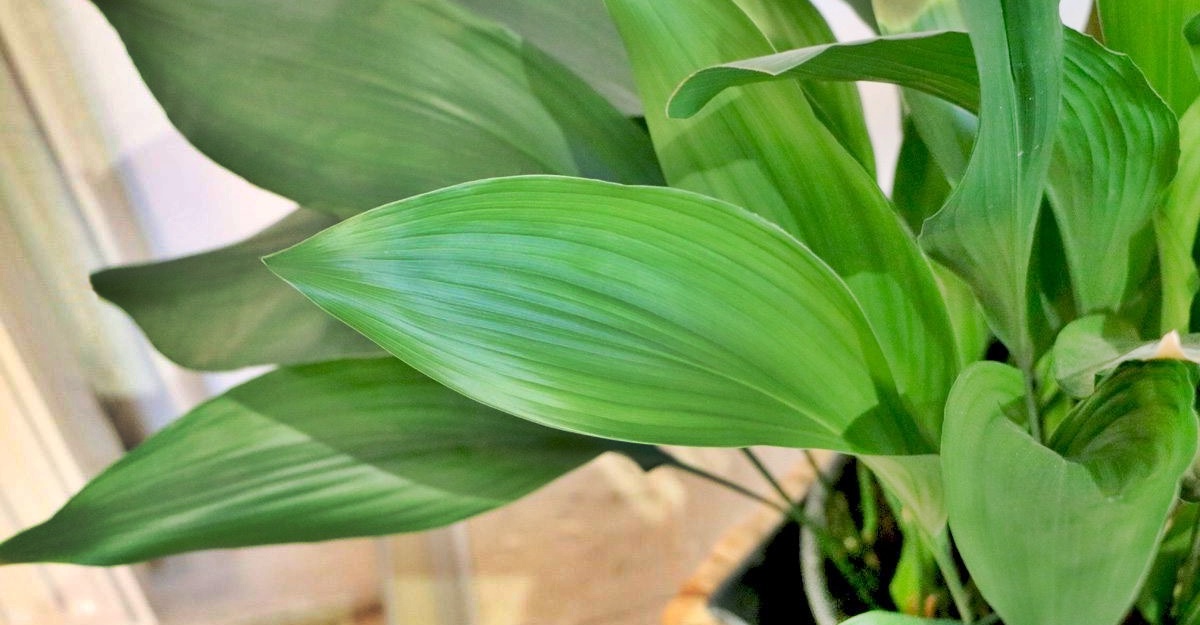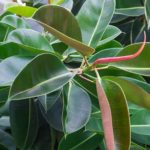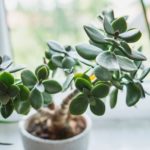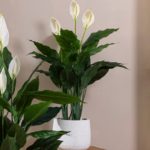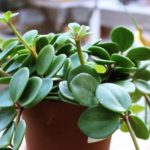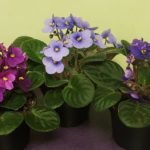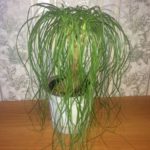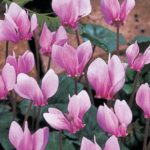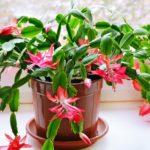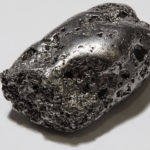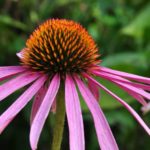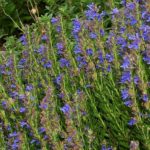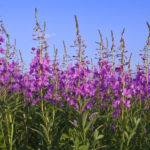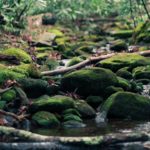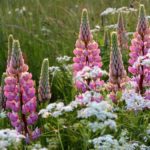Cast-iron Plant – Scientific or Botanical Name
The scientific or botanical name for the Cast-iron plant is Aspidistra elatior. The Cast-iron plant is true to its name and sometimes also called the Barroom Plant as it will grow even if neglected and left in a dark barroom-type corner. One of the hardiest of the indoor house plants, the Cast-Iron Plant is definitely for those who do not have a green thumb. Although it will still survive with neglect, if you treat it right, which is not very difficult, it will produce beautiful, dark, shiny leaves.
This plant is a stemless, upright plant with long, narrow, glossy leaves that grow on stalks and can grow up to 3 feet. You may have seen these leaves in large flower arrangements.
Now let’s talk a little about the temperature, humidity, water, and lighting of the Cast-iron plant. The ideal daytime temperature is below 80F and for nighttime about 10 degrees cooler. But do not let the temperature drop below 60F. Average humidity is sufficient. Keep the soil just barely moist at all times. As mentioned it will tolerate neglect in water but ideally, you should water it about once a week to keep it healthy and beautiful. Bright indirect sunlight is best although it will tolerate low light or a dark corner. The Cast-Iron Plant also does well under artificial light for at least 14 hours a day.
Fertilize with houseplant food once a month during spring, summer, and early fall. Cleaning these gorgeous leaves should not be a chore and will help the plant thrive.
As we already mentioned, the Cast-iron plant’s scientific name is Aspidistra elatior and another name for the Cast-iron plant is the Barroom plant. This plant was named Barrum because this plant can grow quite well even in a bar where there is no sunlight.
These beautiful glossy leaves can use cleaning for the best health. Use a soft moist cloth to wipe down the leaves as dust tends to accumulate on them. Use only water and stay away from shine products.
